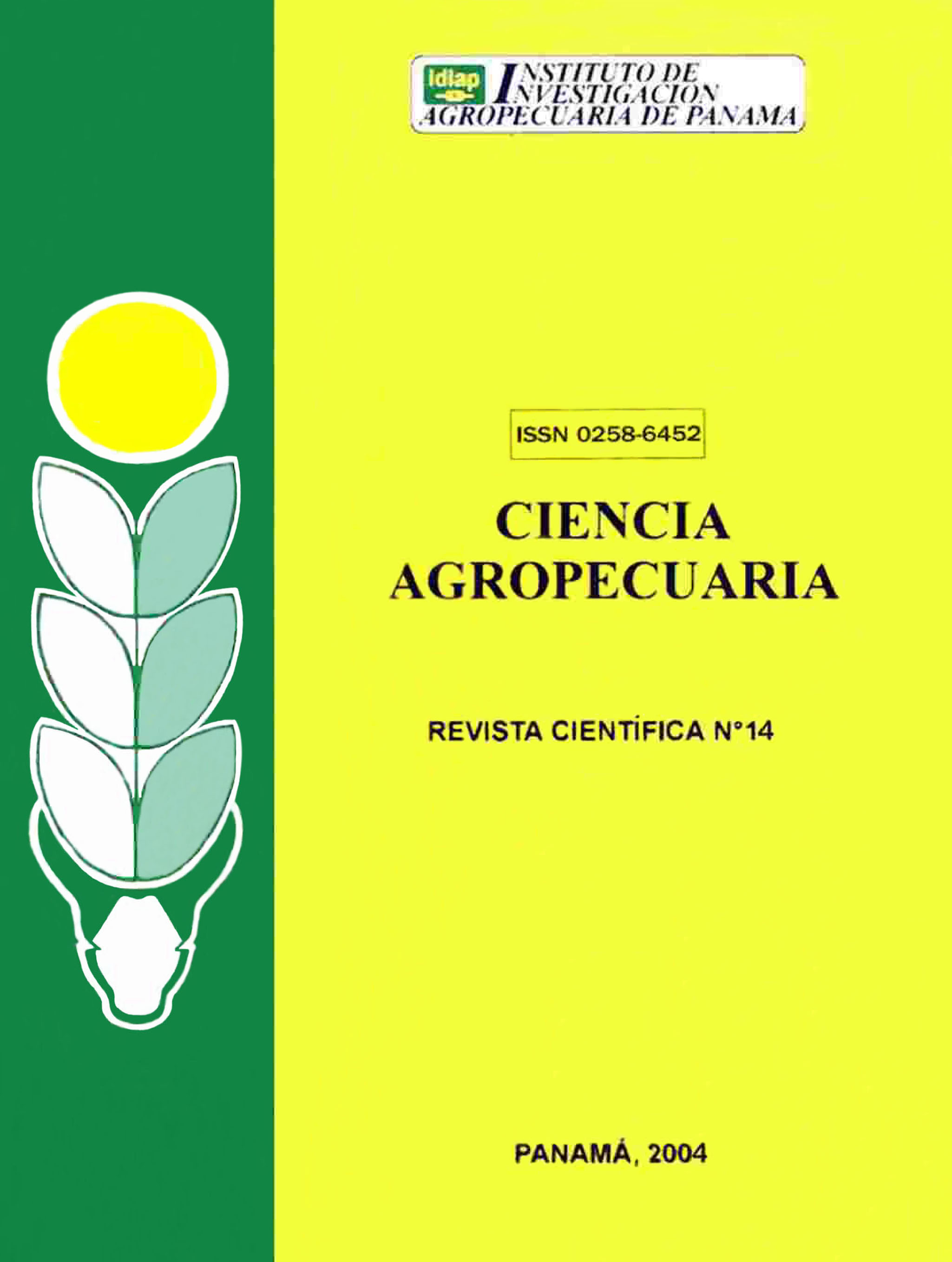TREES CHARACTERIZATION IN LIVESTOCK FARMS IN ORIENTAL REGION OF CHIRIQUI, PANAMA. 1998.
Abstract
The tree component in paddocks of livestock farms of an area in Chiriqui was characterized. In this area, livestock is extensive, with four types of production system: breeding, fattening, breedin-fattening and breedin-milking. Most fences are of the living type (97.5%), with a mean of 444 trees/km and 2442 trees/farm. The living fences have 35 species of tree, including timbers (85.7%), legumes (5.7%) and fruits (8.6%). The principal species are: B. simaruba, A. occidentale, C. americana, S. mombin and B. crassifolia. All farms presented trees in the grazing area of paddocks, planting in dispersion and miniblock modalities. Trees are planting mainly in areas with pastures and in small watersheds. Grazing areas (without fences) have a tree density of 42.2 trees/ha, with a total population of 2248 trees/farm. In these areas were identified 36 species, including timbers (77.8%), legumes (2.8%) and fruits (19.4%). The main species are: C. allidora, C. americana, G. ulmifolia, B. crassifolia and C. fistula. With respect to the paddock, including fences and grazing areas, the mean tree density is 86 trees/ha. It is concluded that many of species should be changed and tree density should be increased to obtain a better contribution of the livestock farm to the ambient, but also to the farmer income. Trees are planting mainly in areas with pastures and in small watersheds.
Downloads
Esta obra está bajo una licencia de Creative Commons Reconocimiento-NoComercial-CompartirIgual 4.0 Internacional.





